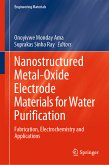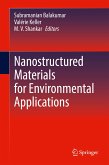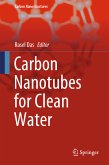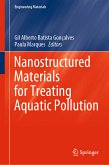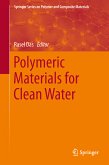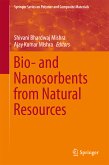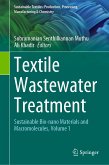This book offers an overview of the recent studies and advances in environmental catalysis by nanomaterials, considering both the fundamental and the technological aspects. It offers contributions in different areas of environmental catalysis, including the catalytic and photocatalytic abatement of environmentally hazardous effluents from stationary or mobile sources, the valorization of waste and the production of sustainable energy. In other words, this monograph provides an overview of modern environmental and energy related applications with a particular emphasis to nano-sized catalytic materials. Recent concepts, experimental data and advanced theories are reported in this book to give evidence of the environmental and sustainable applications that can be found in the highly interdisciplinary field of catalysis.
- Illustrates how environmental catalysis is a promising opportunity for a sustainable development
- Covers the seminal and most recent studies concerning the environmental catalysis by nanostructured catalysts
- Presents an overview of both the fundamental and the technological aspects of environmental catalysis
Dieser Download kann aus rechtlichen Gründen nur mit Rechnungsadresse in A, B, BG, CY, CZ, D, DK, EW, E, FIN, F, GR, HR, H, IRL, I, LT, L, LR, M, NL, PL, P, R, S, SLO, SK ausgeliefert werden.



